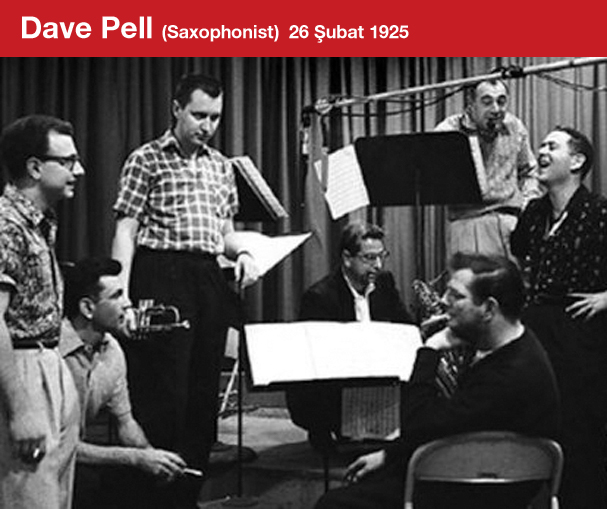Jazz Goes to Siwash part 3

Conclusion
I have loved this tune for a long time. When my son was small I used to dance him around the room lifting him in different directions to the rhythms of the piece. I can still hear the giggles and laughter in my minds ear. He is too big to lift now, in fact he'll be big enough to lift me soon. He used to ask for the piece all the time so I could toss him around, hence I've heard it a lot.
I have learnt a lot from the Dave Pell version. The economy of developing a single theme. Notice how the simple down then up pattern repeats starting on successively lower scale tones.This has been going on since Vivaldi and the ear expects it but the cunning use of a 6 beat pattern in a 4 beat time signature displaces the pattern so it lands on unexpected beats. Starting on the quaver off beat also keeps the momentum going and it is this off beat dotted crotchet that provides the material for the intro, coda and several of the ensemble sections or counter melodies.
The use of the figure in bar 21,see below , to rise up on minor chords in minor thirds in the tag of the tune, is pure brilliance in my opinion. It allows the tune to overlap and ,as all harmony hounds know, gets us back to the same place on the 4th transposition while tricking the ear into thinking we have modulated several times. This is made even more effective due to the strongly rooted key of F for the A sections,which are little more than turnarounds on F. The bridge has more chord movement but is really only a trip back to the tonic from the IV chord, so the tag raises the tension at just the right moment of the tune, add to that breaking the 8 bar patterns set up so far and the climax moment is really exciting.
In many respects this is a masterclass in using rhythmic displacement to keep a simple 6 note tune alive. The orchestration is tasteful. The smallest the ensemble gets (ignoring the breaks of course) is Trumpet,Bass & Drums at the beginning of the trumpet solo. The full ensemble is employed in rhythmic unison at the biggest moments in the chart and the momentum builds to the peak on the "Out Head" shout choruses. This is a perfectly crafted chart, as far as I am concerned, with a balance of written and improvised material in a 4 minute 33 second package. I enjoy the Mel Lewis version of course, but in a blowing session kind of way. If anyone knows of other versions I would love to know about them.
TO HEAR OCTOBOPTET PERFORM THE TUNE CLICK ON THE MUSIC IMAGE ABOVE

